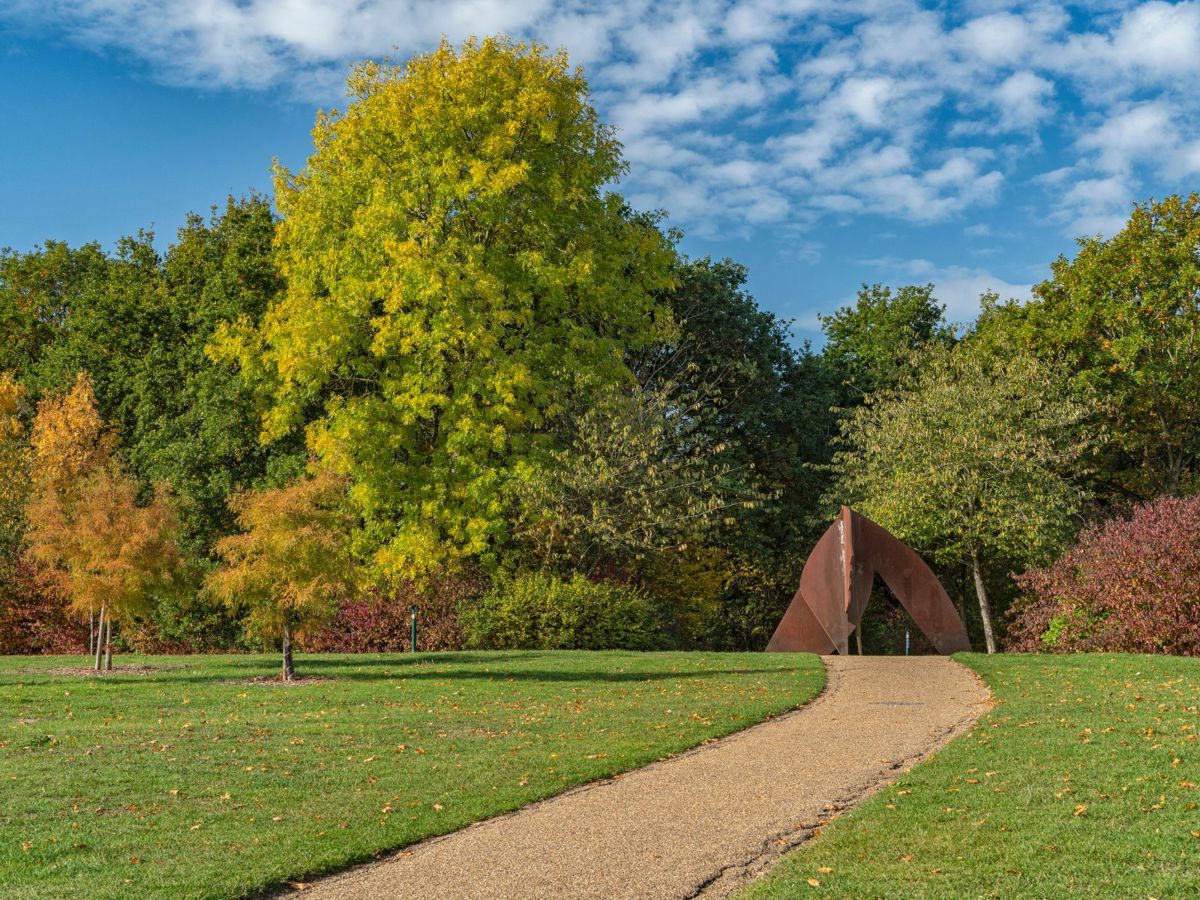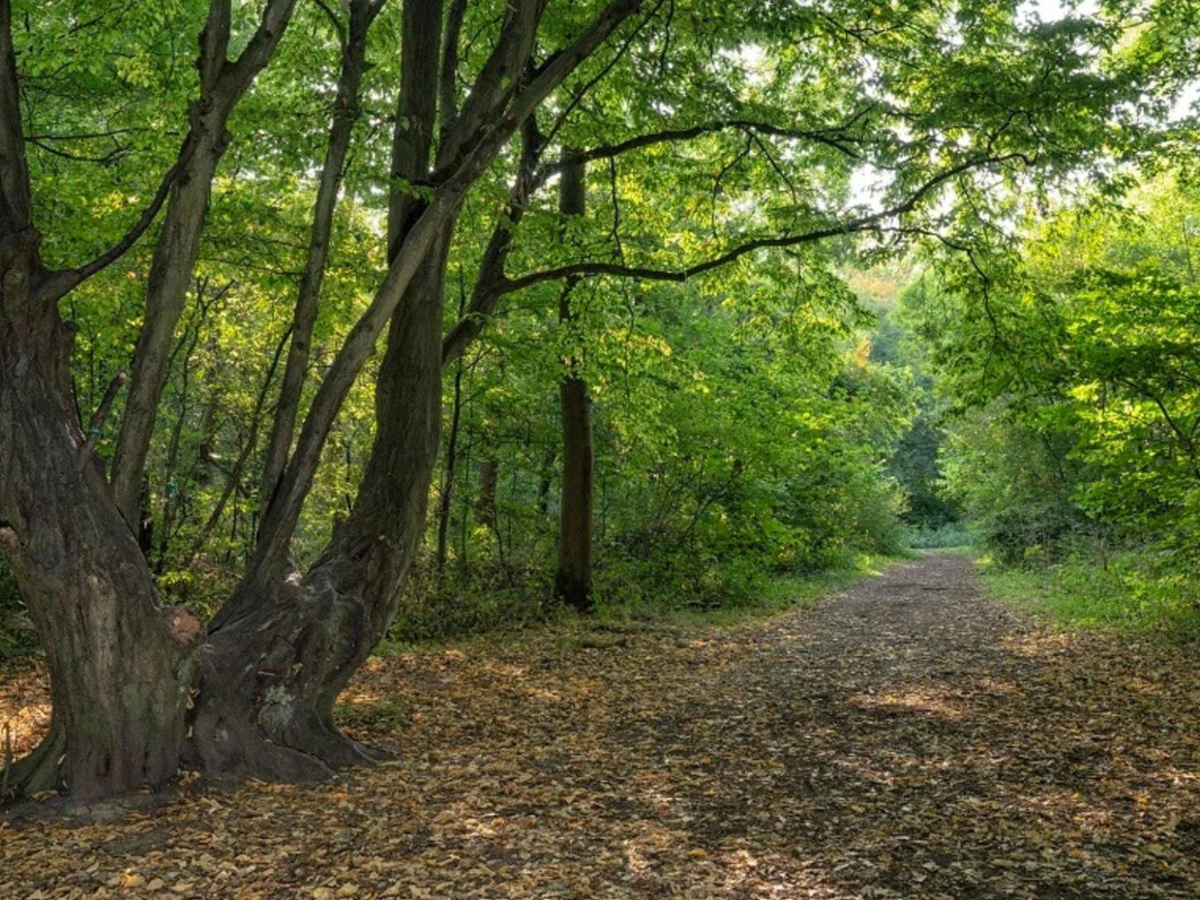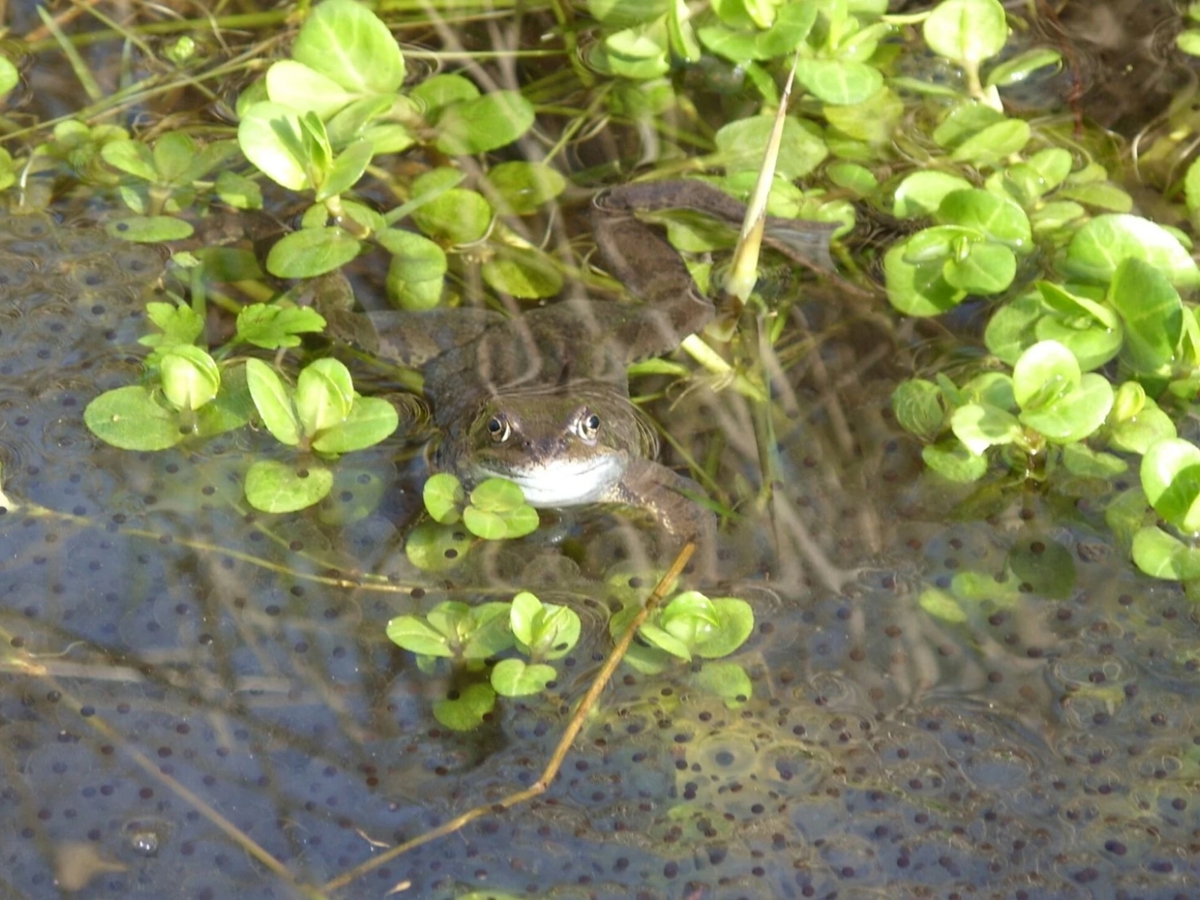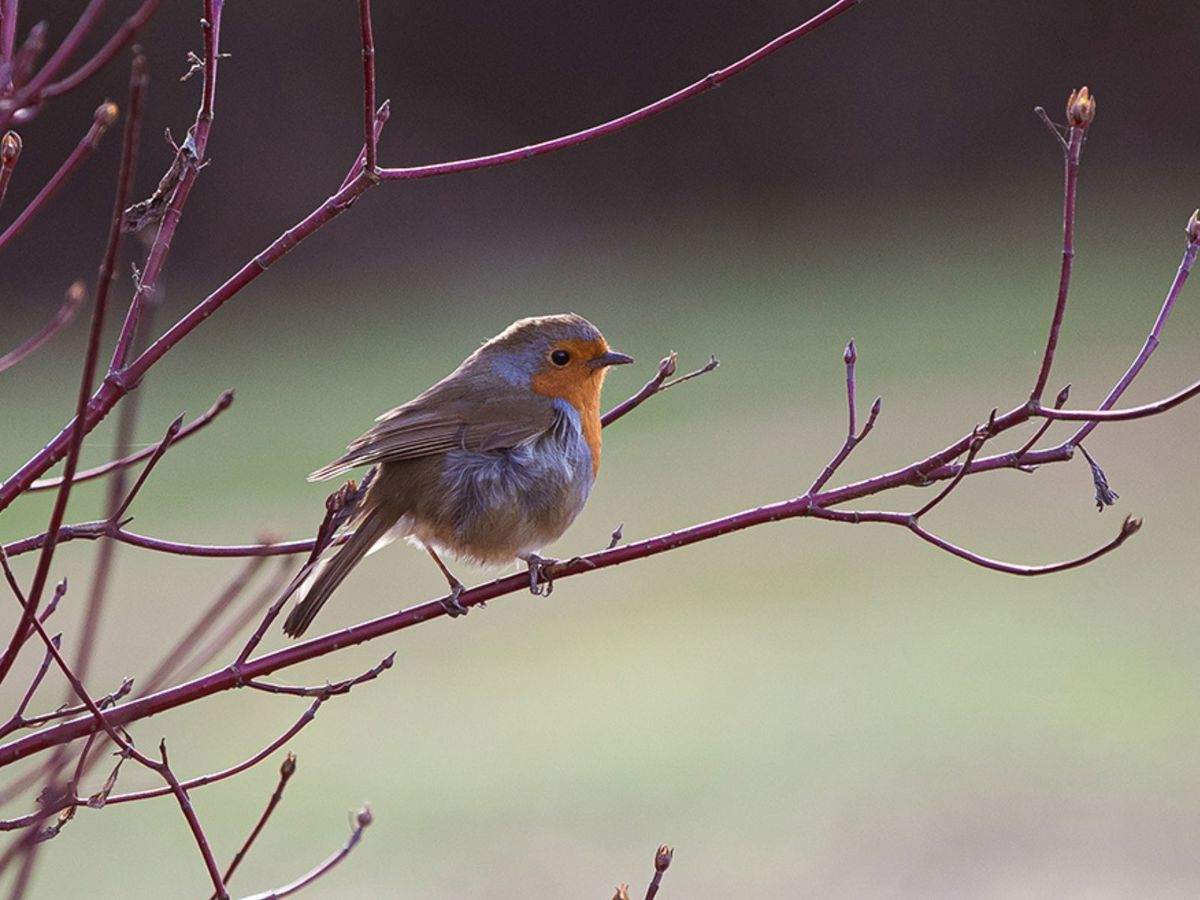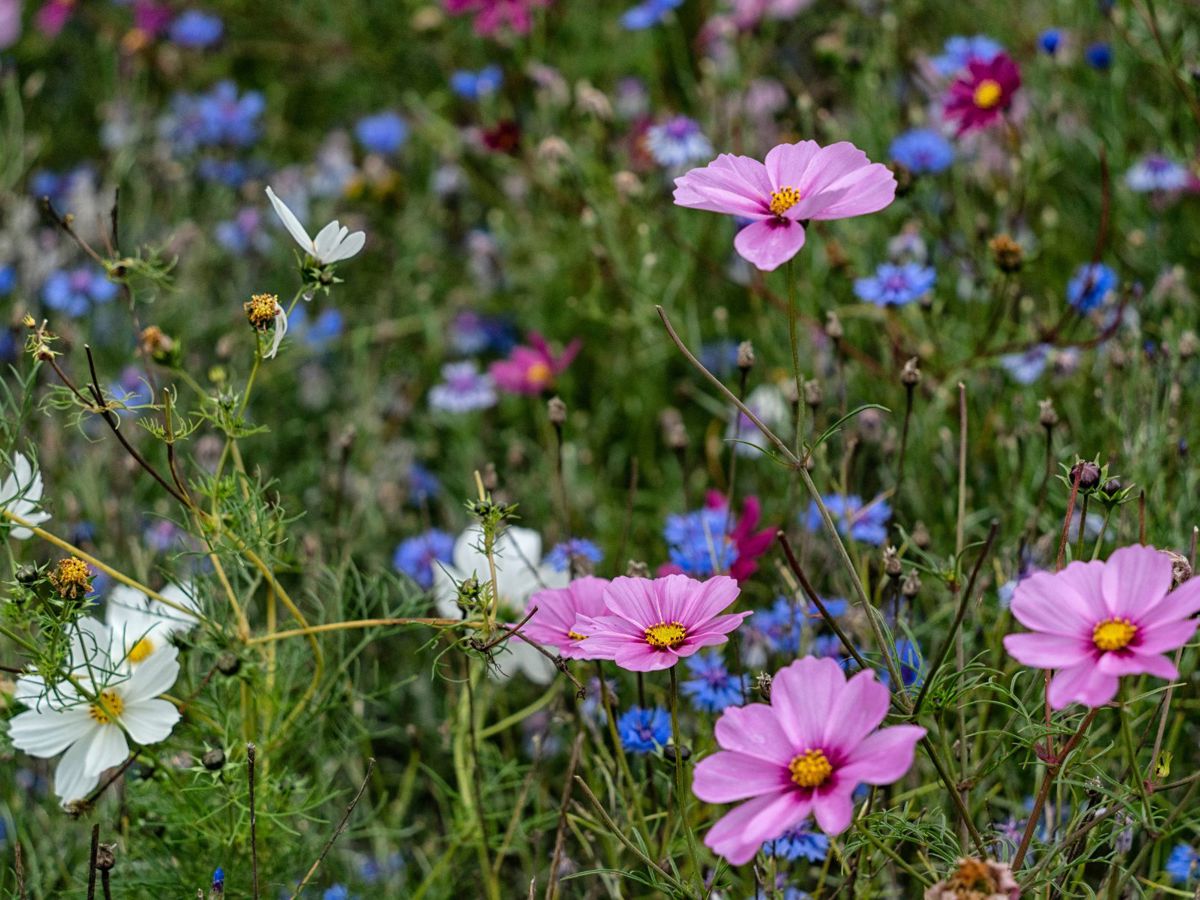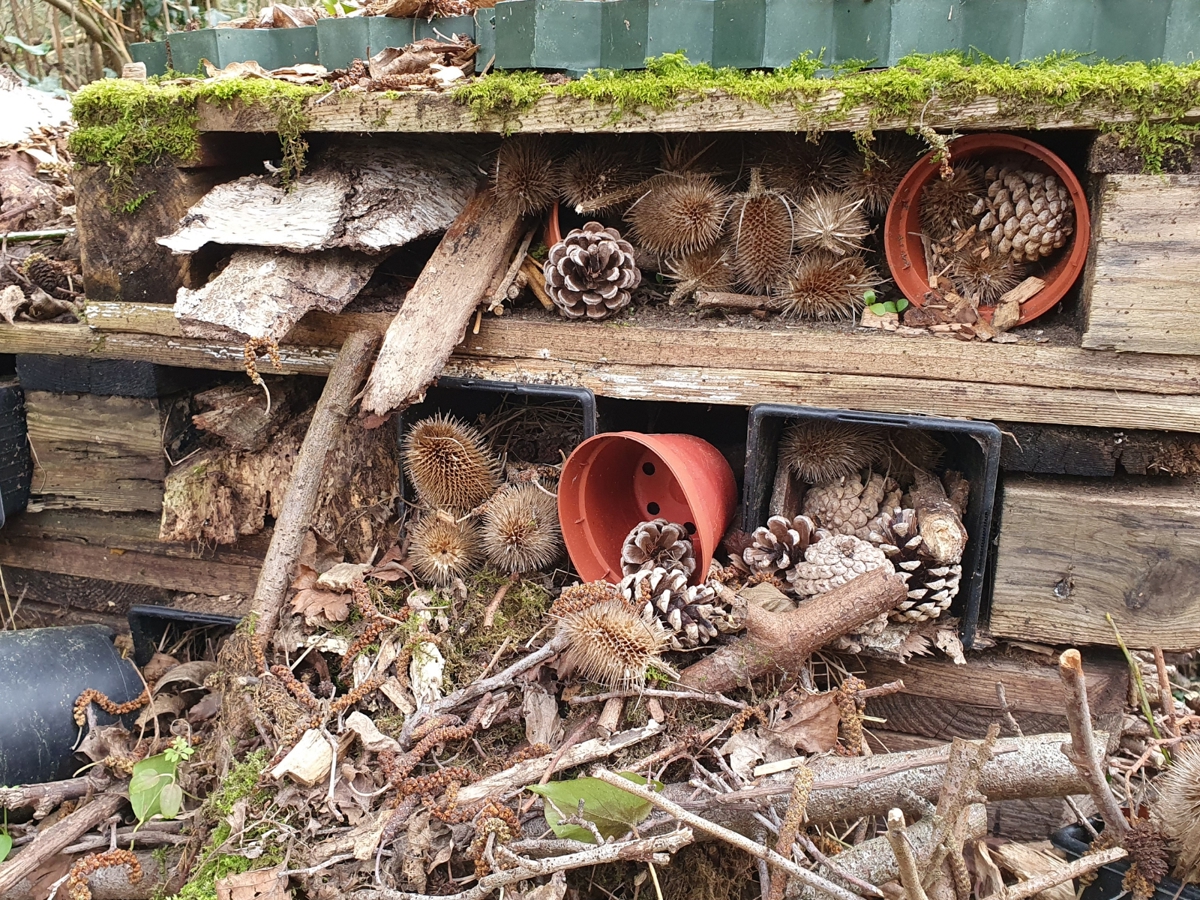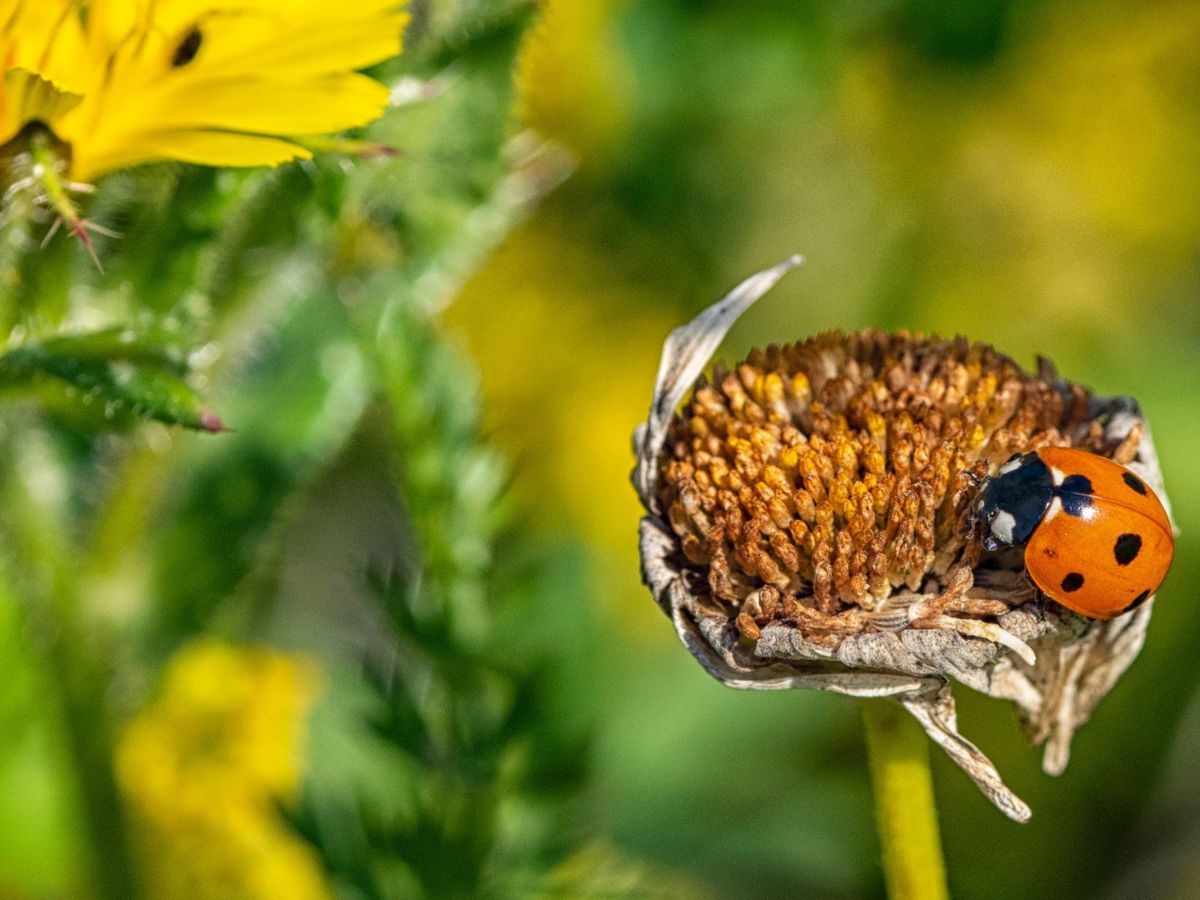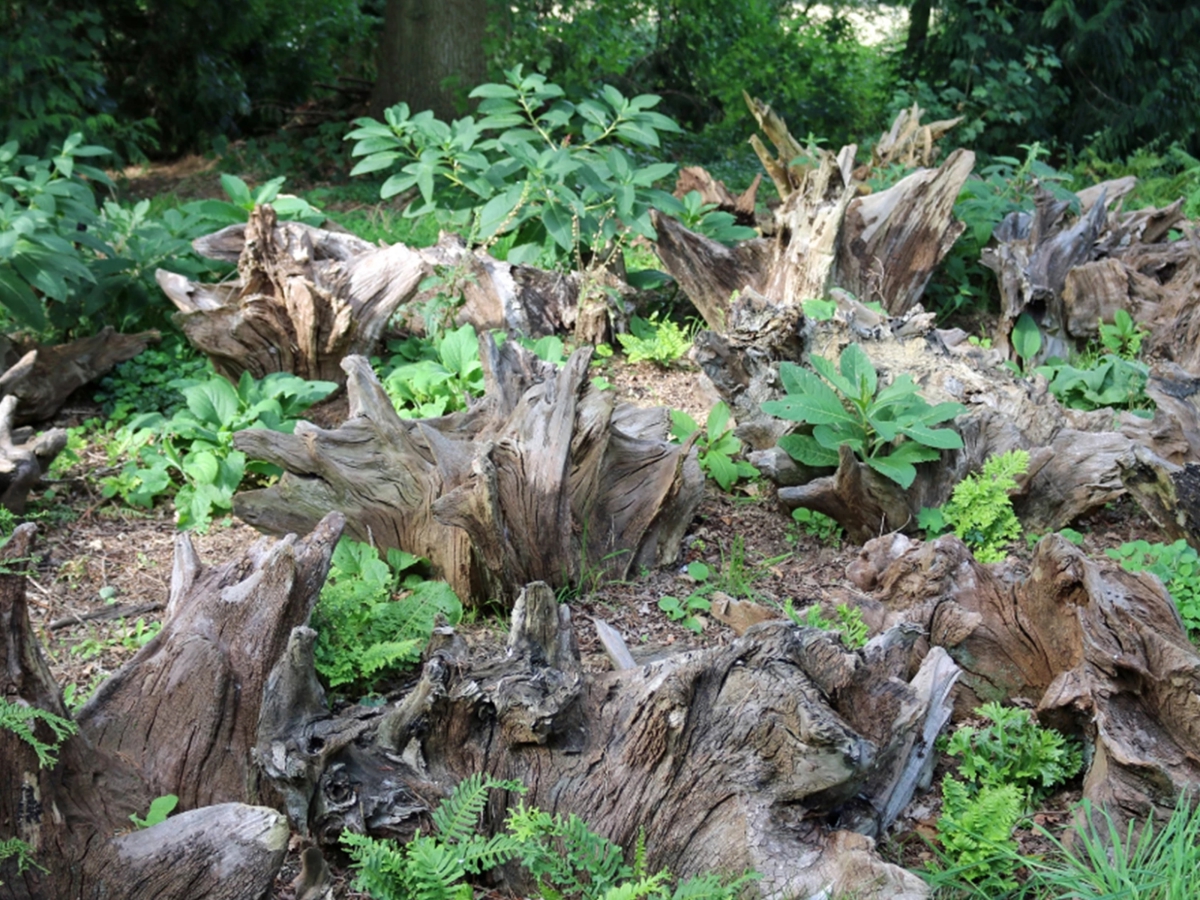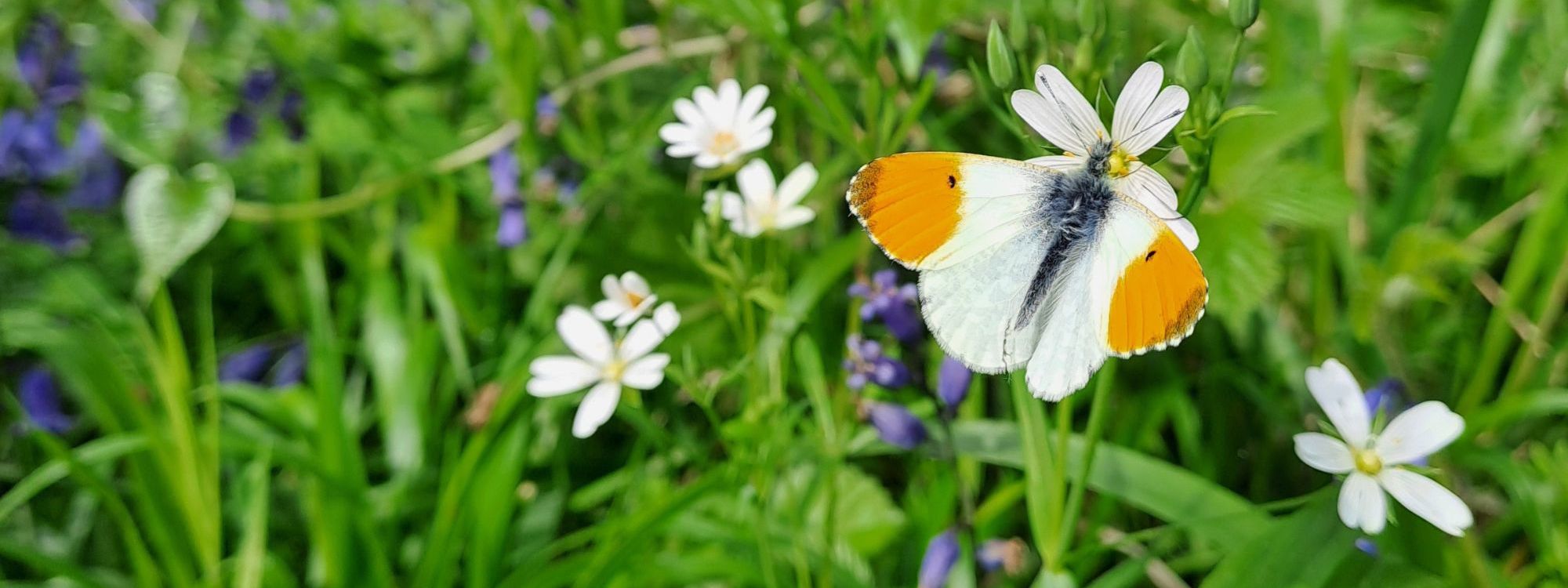
Butterflies: What to spot this summer
Published: 17/07/2025
For any budding “lepidopterist” (someone who studies butterflies and moths), or just your average nature lover, summer is a time of excitement and potential to spot new wildlife species, especially butterflies. Being cold-blooded, sun lovers, a wide variety of butterfly species are beginning to emerge and take to the skies. So now is the perfect time to grab your identification guides and head out into the parks in search of the colourful creatures that Milton Keynes is home to.
During the summer months, The Parks Trust staff and volunteers take part in surveys of butterflies in set locations around the city’s parks. The figures that they collect are then submitted to a national database which is monitored and analysed by Butterfly Conservation – a charity solely dedicated to safeguarding a future for our moths and butterflies. Through these surveys we have been able to identify 32 species using our parks and understand more about their population trends. One special species to mention is the Black Hairstreak. This is a nationally scarce species which we are finding increasing evidence of in our parks and our team are working hard to improve habitat conditions for them.
Unfortunately, 2024 was a very disappointing year for butterflies and the “fifth worst year on record”. Butterflies have a short life cycle, and therefore their population numbers respond very quickly to both short- and long-term issues. Many reasons are attributed to their 2024 decline, including an unusually wet spring, use of pesticides and habitat loss. Unfortunately, it is now known that over half of the UK’s butterfly species are in “long term decline”.
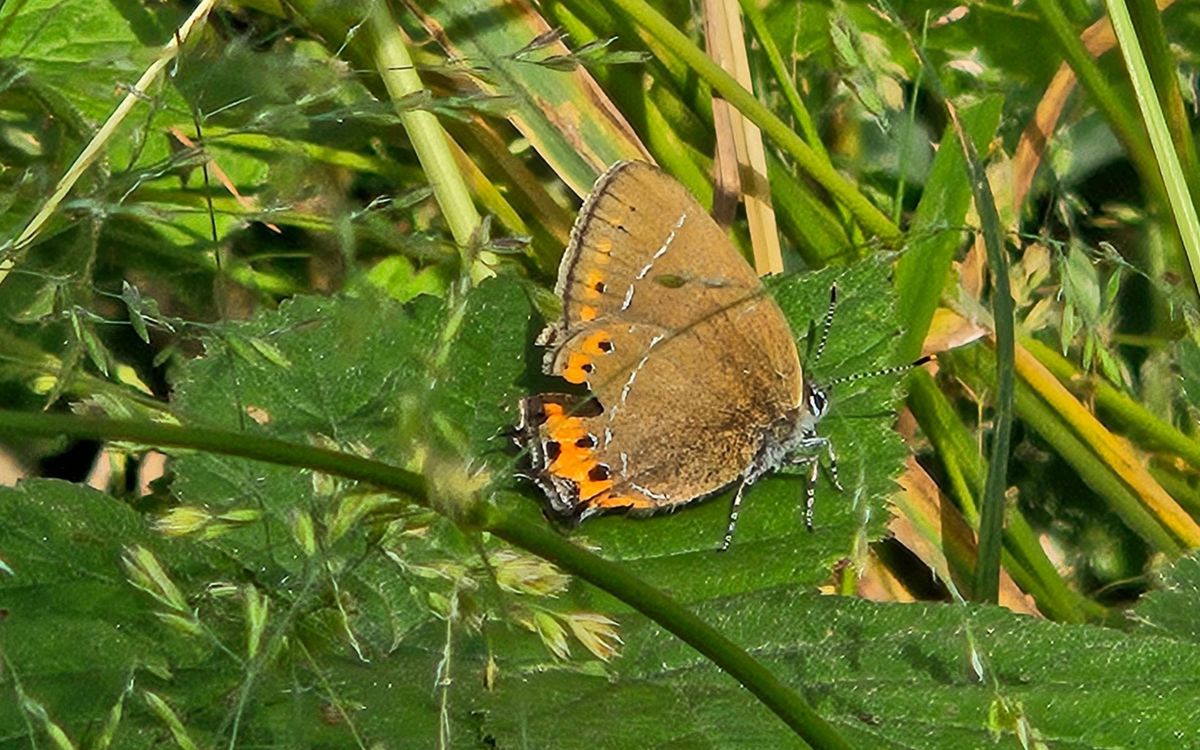
What can you do to help?
Plant – make your garden or balcony a wildlife-friendly space. Plant British wildflowers that support not only the adults, but their caterpillars too. Don’t be too tidy with your garden, allow some wild areas free of mowing at certain times of the year to enable caterpillars to feed.
Provide – you can include extra support areas such as butterfly houses, shallow water dishes with gravel and butterfly feeding stations with rotting fruit. Water may be particularly important given the warm weather we are experiencing so far this year.
Speak Out – stay informed about larger scale decisions which have potentially negative impacts on butterfly populations, for example, the decisions to allow harmful pesticides back into use in the UK such as neonicotinoids. Use your voice to stand up for butterflies by signing petitions, speaking to friends and family and spreading important messages on your social platforms.
Record – you can take part in citizen science projects organised by Butterfly Conservation such as the “Big Butterfly Count” between the 18th July and 10th August.
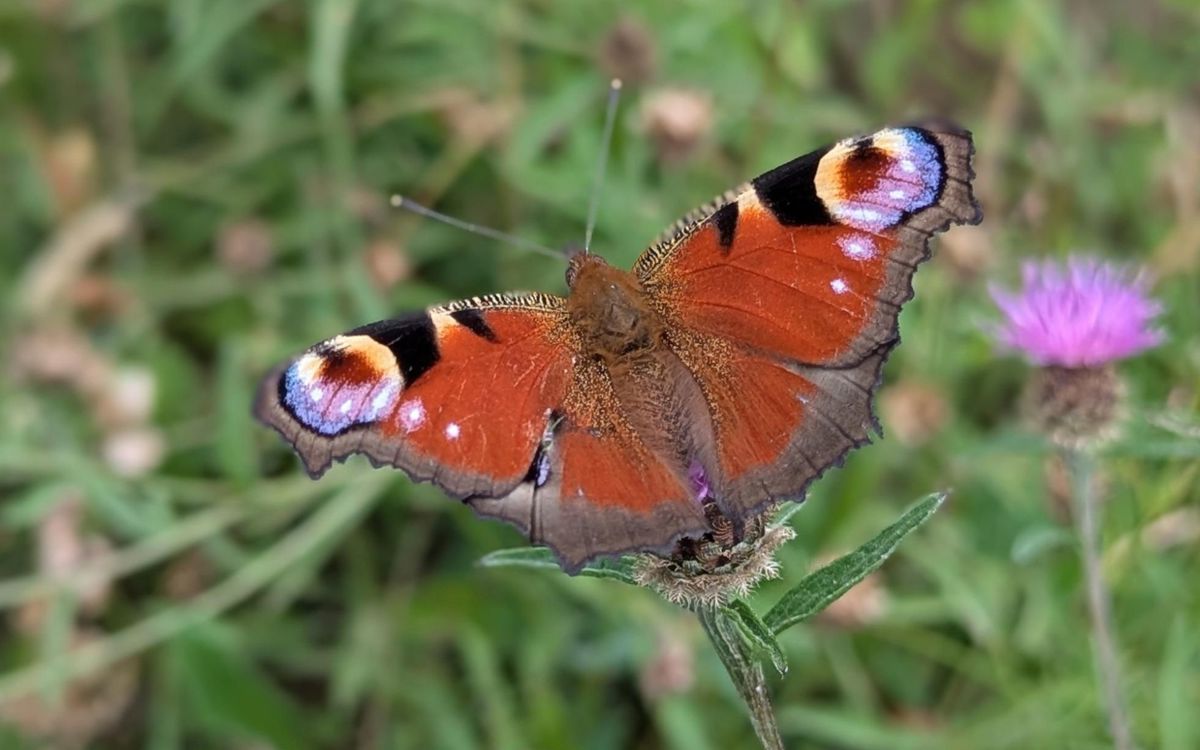
What species should I look for?
We are hopeful that this year is a much healthier one for butterflies and that our park users are able to get out and see a wide array of species.
Look out in particular for Red Admiral, Peacock, Comma, Speckled Wood and “the whites” (Small, Large, Orange-Tip & Green-Veined) which are common in most parks.
For an extra challenge, smaller species such as Small Heath, Small Copper, Essex Skipper and Brown Argus can also be found in multiple parks across the city.
Visit the Butterfly Conservation website for help with butterfly identification.
Check out our range of outdoor activities designed to help everyone get closer to nature and give local wildlife a helping hand.

